Japan has a rich tradition of seasonal festivals, each accompanied by special foods with deep cultural and symbolic meanings. These festive dishes have been passed down for generations, carrying wishes for health, prosperity, and protection from misfortune. From Osechi Ryori during New Year’s celebrations to Tsukimi Dango for the moon-viewing festival, each dish reflects the beliefs and customs of the past.
However, in modern times, changing lifestyles and dietary habits have led to a decline in some of these traditions. While certain festive foods, like Ehomaki for Setsubun, have gained popularity due to commercial influence, others, such as Azuki Gayu for the winter solstice, are becoming less common.
| Month | Event | Example Foods |
|---|---|---|
| January | New Year’s Day (Oshogatsu) | Osechi Ryori, Ozoni, Kuromame (black beans), Kamaboko, Kazunoko (herring roe), Kurikinton (sweet chestnut and mashed sweet potato) |
| Nanakusa no Sekku (January 7th) | Nanakusa-gayu (Seven Herb Rice Porridge) | |
| Kagami Biraki (around January 11th) | Oshiruko, Zenzai (sweet red bean soup with mochi) | |
| February | Setsubun (around February 3rd) | Ehomaki (lucky direction sushi roll), Fukumame (roasted soybeans), Grilled sardines |
| March | Hinamatsuri (March 3rd, Girls’ Day) | Hina-arare (colored rice crackers), Chirashizushi, Hamaguri Soup (clam soup), Hishimochi (diamond-shaped rice cakes), Shirozake (sweet sake) |
| Spring Equinox (Ohigan) | Botamochi (sweet rice and red bean cakes) | |
| April | Hanami (Cherry Blossom Viewing) | Hanami Dango (sweet rice dumplings), Sakura Mochi, Bento (onigiri, karaage, etc.) |
| May | Tango no Sekku (May 5th, Children’s Day) | Kashiwa Mochi (oak leaf-wrapped rice cakes), Chimaki (sweet rice dumplings) |
| June | Nagoshi no Harae (June 30th, Summer Purification Festival) | Minazuki (a type of uiro mochi with red beans) |
| July | Tanabata (July 7th, Star Festival) | Somen (thin wheat noodles), Tanabata Jelly (regional variation) |
| July & August | Obon (July or August, Festival of the Dead) | Shojin Ryori (Buddhist vegetarian cuisine, varies by region), Mukae Dango (welcoming dumplings) |
| September | Juugoya (Mid-Autumn Festival, Full Moon Viewing) | Tsukimi Dango (moon-viewing dumplings), Satoimo (taro root dishes) |
| Autumn Equinox (Ohigan) | Ohagi (sweet rice and red bean cakes) | |
| October | Jusan’ya (Second Full Moon Viewing after Juugoya) | Offerings of chestnuts and beans |
| November | Shichi-Go-San (November 15th, Children’s Growth Festival) | Chitose Ame (longevity candy) |
| December | Toji (Winter Solstice, around December 21st) | Kabocha (pumpkin), Azuki Gayu (red bean porridge), Yuzu Bath |
| Omisoka (New Year’s Eve, December 31st) | Toshikoshi Soba (year-crossing soba noodles) |
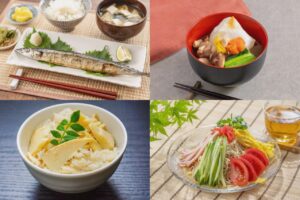
January 1 – New Year’s Day (Oshogatsu)
Food: Osechi ryori, ozoni, kuromame (black beans), kamaboko (fish cake), kazunoko (herring roe), kuri kinton (sweet chestnut and sweet potato mash)
Meaning: Wishing for happiness, longevity, and a bountiful harvest in the new year. Each dish has an auspicious meaning: kuromame symbolizes diligence and good health, kazunoko represents prosperity and fertility, and kombu-maki (rolled kelp) is associated with joy .
Modern Changes: Homemade osechi has become less common, and many people now purchase it from department stores or online retailers.
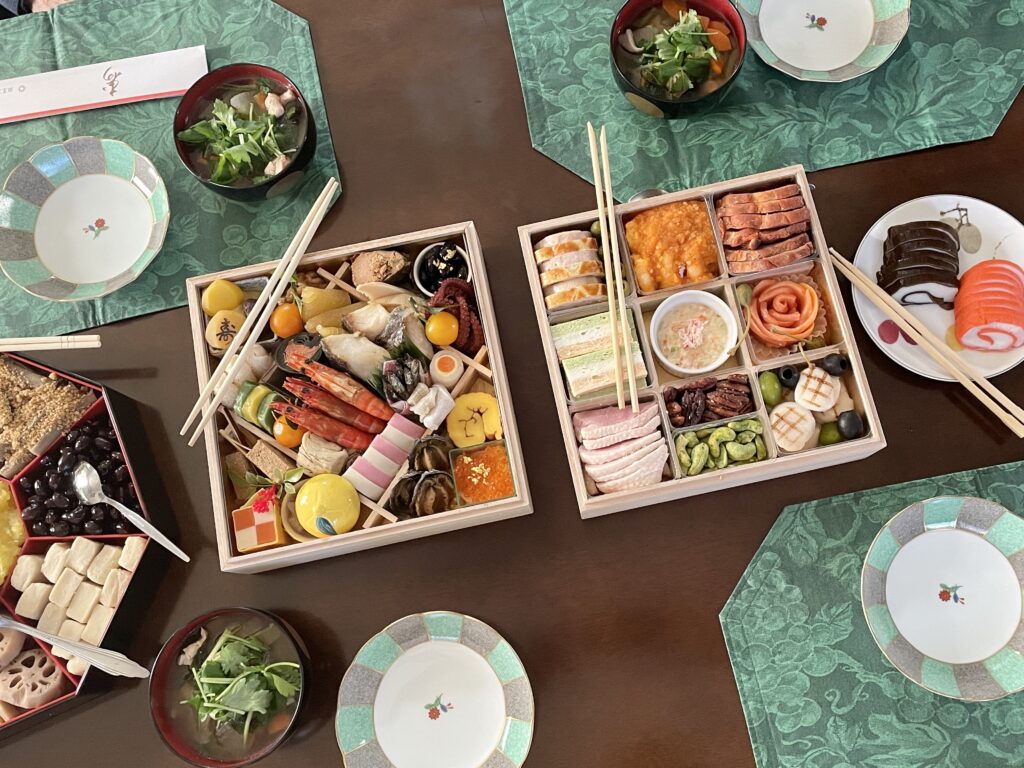
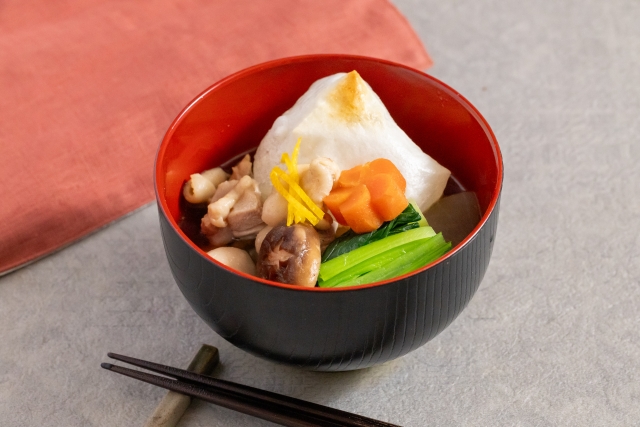
January 7 – Festival of the Seven Herbs (Nanakusa no Sekku)
Food: Nanakusa-gayu (seven-herb rice porridge)
Meaning: Eating this dish is believed to promote good health for the year and give the stomach a break after indulgent New Year’s meals.
Modern Changes: It is less commonly eaten than in the past, but interest has grown due to increasing health consciousness.
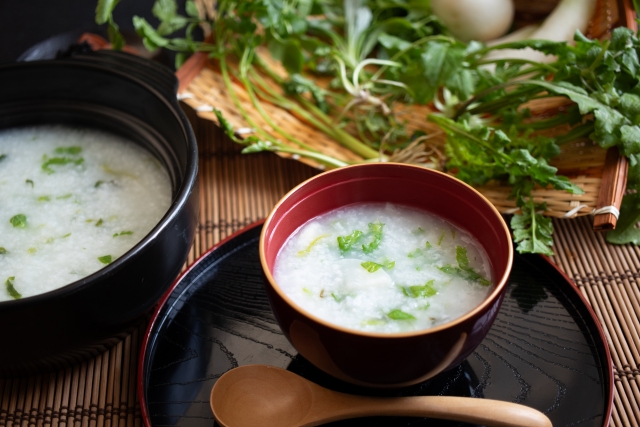
Around January 11 – Kagami Biraki (Breaking the New Year’s Rice Cake)
Food: Oshiruko, zenzai (sweet red bean soup with mochi)
Meaning: The rice cakes offered to the gods during New Year’s are eaten to wish for health and good fortune.
Modern Changes: Fewer households display kagami mochi, and individually packaged versions have become more popular.
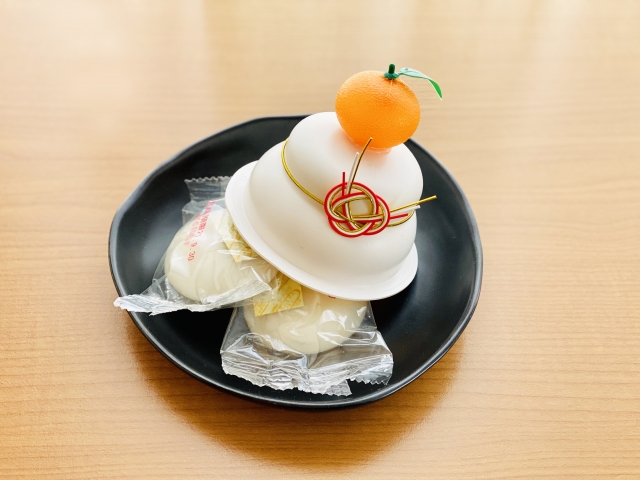
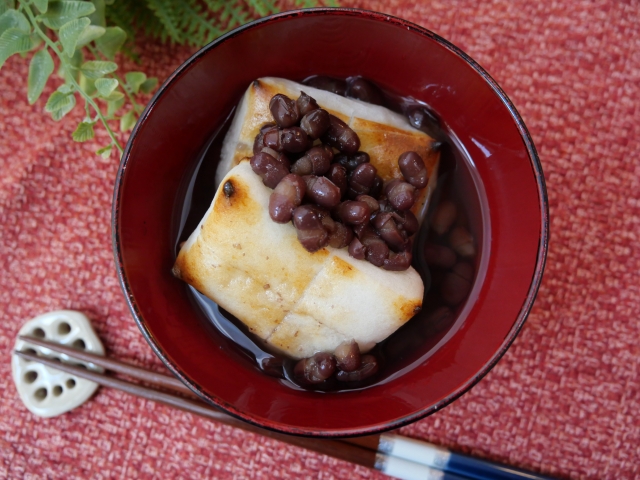
Around February 3 – Setsubun (Seasonal Division Day)
Food: Ehomaki (thick sushi rolls), fukumame (roasted soybeans), grilled sardines
Meaning: Throwing roasted soybeans is believed to drive away evil spirits and bring good fortune. Eating ehomaki in silence while facing a lucky direction is said to make wishes come true.
Modern Changes: Ehomaki has become widely popular, but excessive production has led to concerns over food waste.
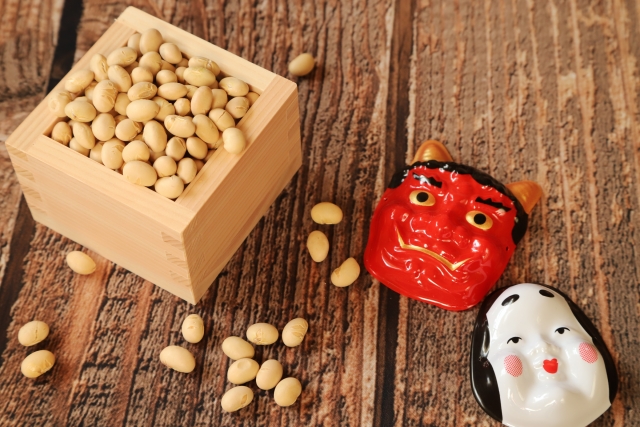
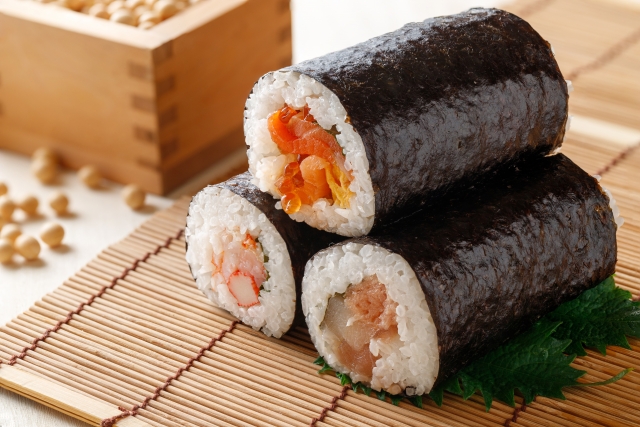
March 3 – Hinamatsuri (Girls’ Day/Doll Festival)
Food: Hina-arare (sweet rice crackers), chirashi sushi, clam soup, hishi-mochi (layered rice cakes), shirozake (sweet rice wine)
Meaning: This festival prays for the health and happiness of girls. Clams symbolize good relationships (as they only fit perfectly with their own shell), while hishi-mochi represents health, purity, and longevity.
Modern Changes: Fewer households display hina dolls, but festival-themed sweets remain popular.
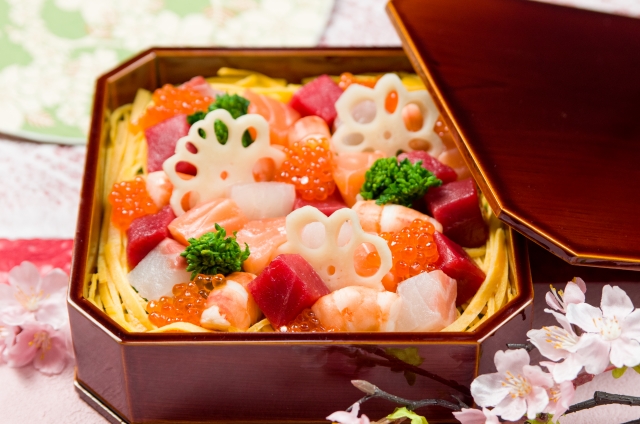
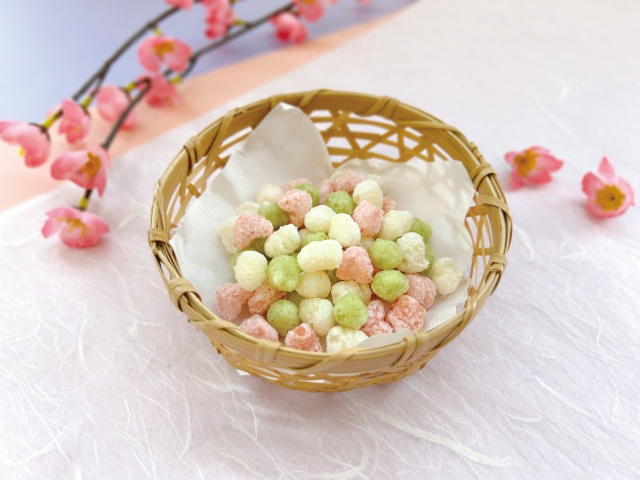
Spring Equinox (Ohigan)
Food: Botamochi (sweet rice cakes covered in red bean paste)
Meaning: Offering botamochi to ancestors during the equinox is a tradition to honor and remember them.
Modern Changes: Although less strictly observed, botamochi remains a familiar seasonal sweet.
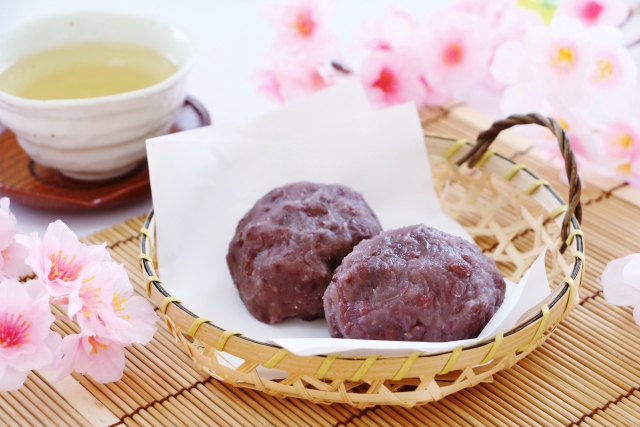
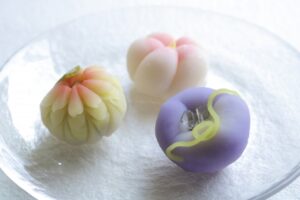
April – Cherry Blossom Viewing (Hanami)
Food: Hanami dango (sweet rice dumplings), sakura mochi, bento (rice balls, fried chicken, etc.)
Meaning: A celebration of spring and the beauty of cherry blossoms, enjoyed with outdoor meals.
Modern Changes: Hanami traditions have diversified, with some people preferring indoor celebrations.
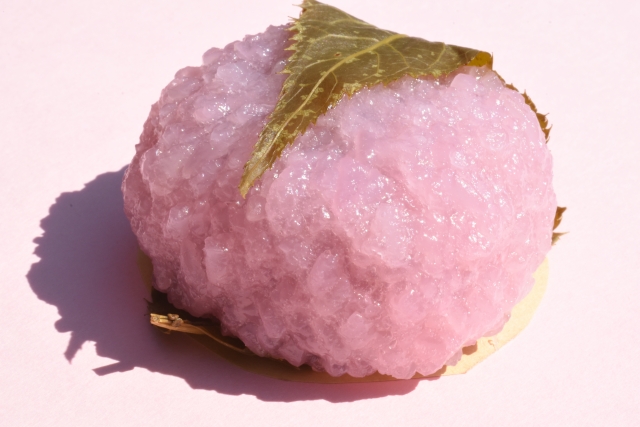
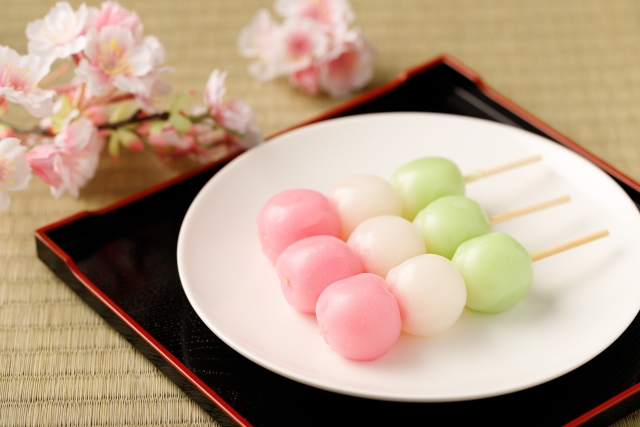
May 5 – Children’s Day (Tango no Sekku)
Food: Kashiwa mochi (oak leaf-wrapped rice cakes), chimaki (sweet glutinous rice dumplings)
Meaning: This festival prays for the healthy growth of boys. Kashiwa mochi symbolizes family continuity (as oak leaves do not fall until new shoots appear), and chimaki is believed to ward off evil spirits.
Modern Changes: Fewer families display koinobori (carp streamers), and small indoor decorations have become more common.
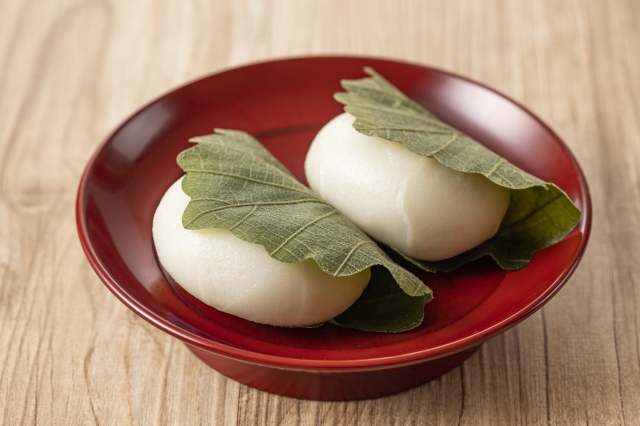
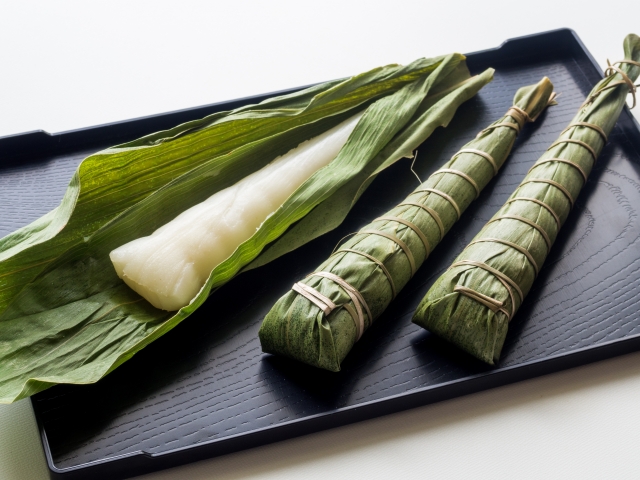
June 30 – Nagoshi no Harae (Summer Purification Ritual)
Food: Minazuki (a traditional sweet made of uiro mochi topped with red beans)
Meaning: This ritual purges impurities from the first half of the year and prays for good health in the second half. Red beans are believed to ward off evil.
Modern Changes: While not widely known nationwide, it remains a strong tradition in certain regions.
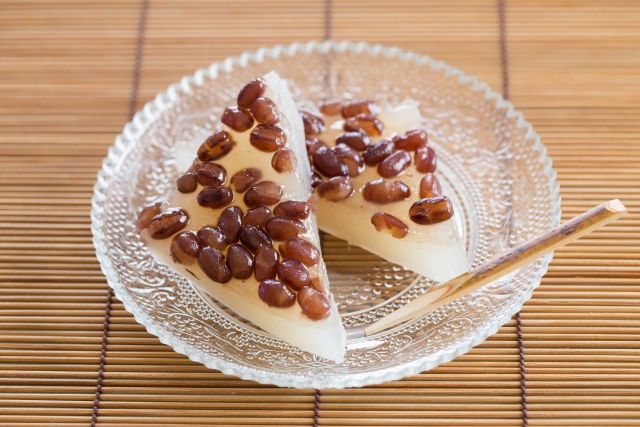
July 7 – Tanabata (Star Festival)
Food: Somen noodles, Tanabata jelly (varies by region)
Meaning: Celebrates the annual meeting of the deities Orihime and Hikoboshi. Somen noodles resemble weaving threads, connecting to Orihime’s role as a celestial weaver.
Modern Changes: The tradition of writing wishes on paper strips remains widespread, though eating somen is more common in some regions than others.
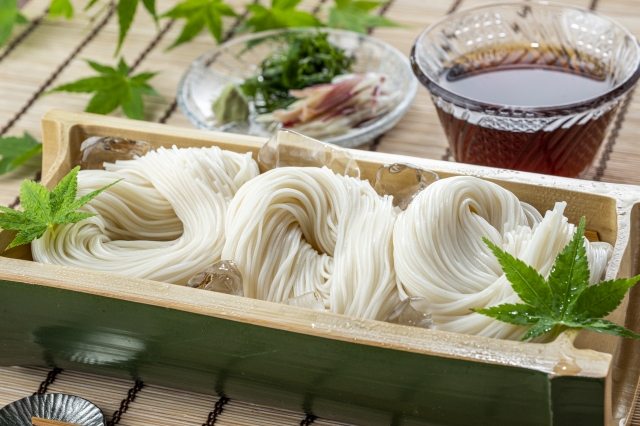
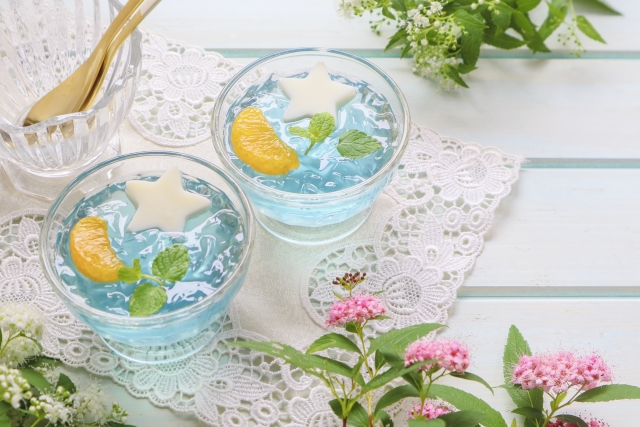
July or August – Obon (Festival of the Ancestors)
Food: Shojin ryori (Buddhist vegetarian cuisine, varies by region), mukae dango (welcoming rice dumplings), ohagi
Meaning: A time to welcome and honor the spirits of ancestors. Shojin ryori is commonly offered as a symbolic, meat-free meal.
Modern Changes: Traditional practices such as lighting welcoming fires have declined, and more people now choose to commemorate Obon at home rather than returning to ancestral graves.
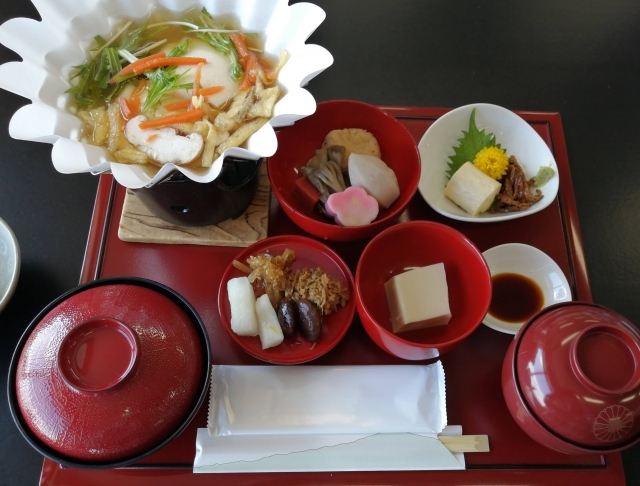
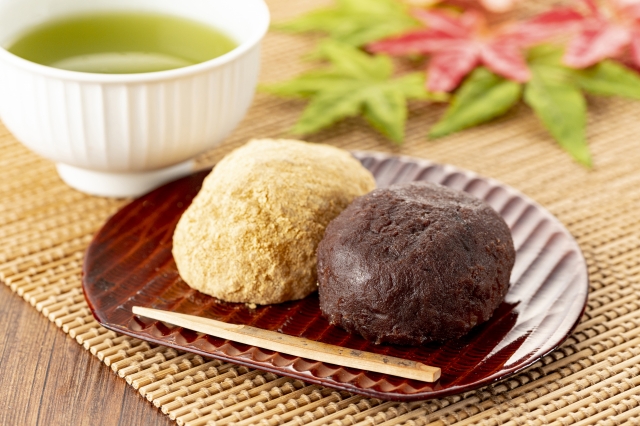
Mid-September – Tsukimi (Moon Viewing Festival)
Food: Tsukimi dango (moon-viewing rice dumplings), taro dishes
Meaning: A harvest festival that expresses gratitude for the autumn bounty while admiring the full moon.
Modern Changes: Although less commonly observed, tsukimi-themed sweets and products remain popular.
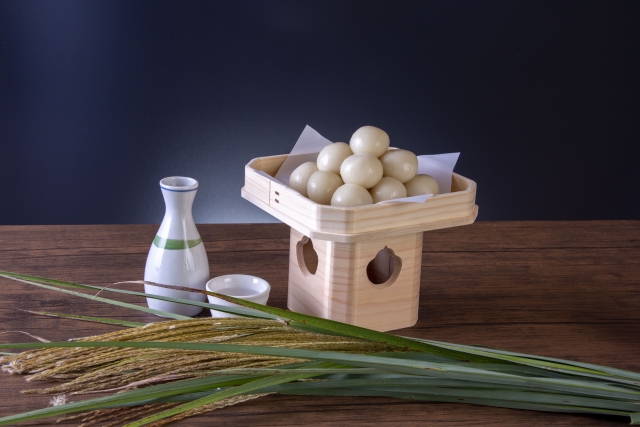
Autumn Equinox (Ohigan)
Food: Ohagi (sweet rice cakes covered in red bean paste)
Meaning: Similar to the spring equinox, ohagi is offered to ancestors as part of the seasonal tradition.
Modern Changes: While still widely recognized as a traditional sweet, fewer people observe the religious aspect of the festival.

Mid-October – Jusan-ya (Second Moon Viewing Night)
Food: Chestnuts and Beans (Offered to the moon, symbolizing a good harvest)
Meaning: This festival complements Jugo-ya, expressing continued gratitude for the harvest.
Modern Changes: This celebration is less well-known today.
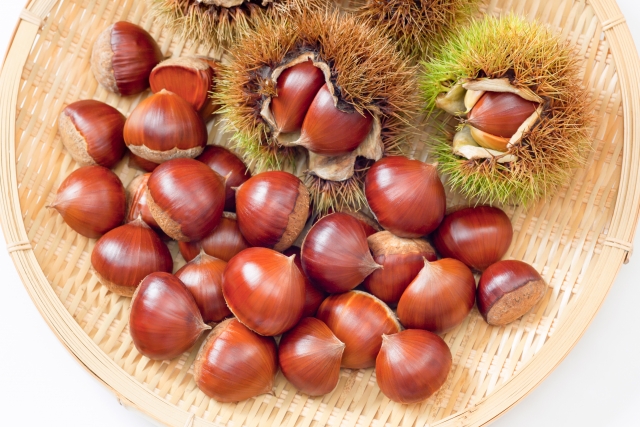
November 15 – Shichi-Go-San (Coming-of-Age Festival for Children)
Food: Chitose Ame (Long, thin, red-and-white candy symbolizing longevity)
Meaning: Wishing for the healthy growth of children.
Modern Changes: The tradition is still practiced, but the candy is more of a souvenir than a necessity.
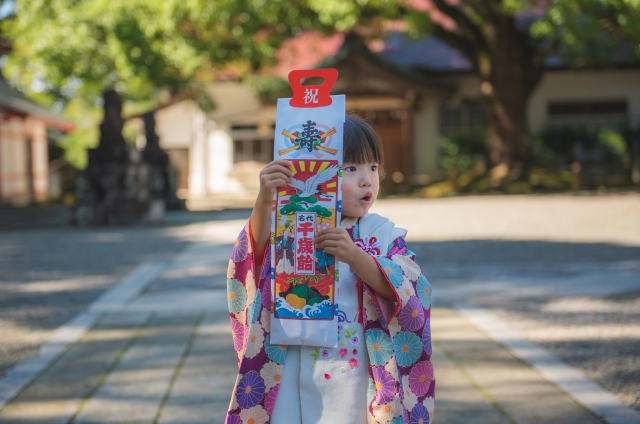

December 21 – Winter Solstice (Toji)
Food: Pumpkin, azuki-gayu (red bean porridge), yuzu bath
Meaning: Eating pumpkin and taking a yuzu bath are believed to prevent illness and promote good health.
Modern Changes: While yuzu baths remain common, eating pumpkin has become less widespread.
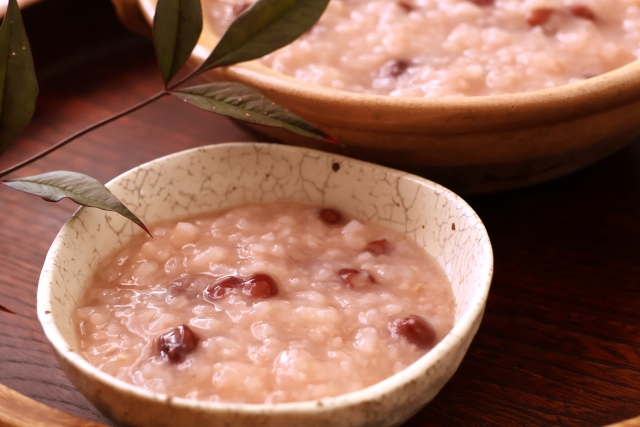
December 31 – New Year’s Eve (Omisoka)
Food: Toshikoshi soba (year-crossing soba noodles)
Meaning: Eating soba symbolizes cutting off the hardships of the past year and starting anew.
Modern Changes: Many families still eat toshikoshi soba, but some prefer other foods such as sushi or hot pot instead.
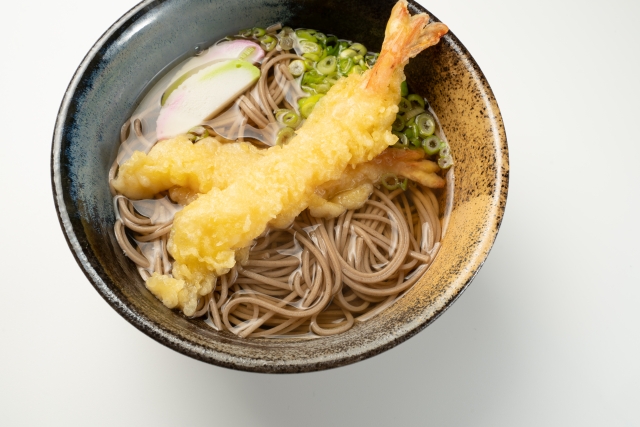
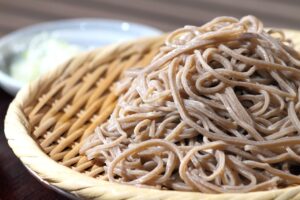
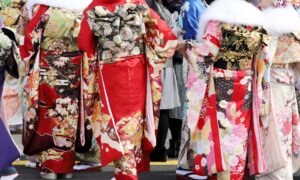
Comments